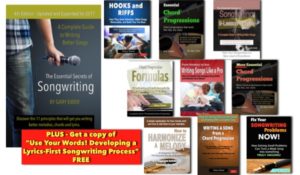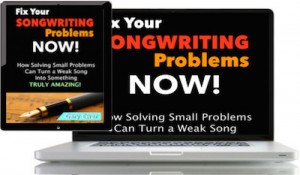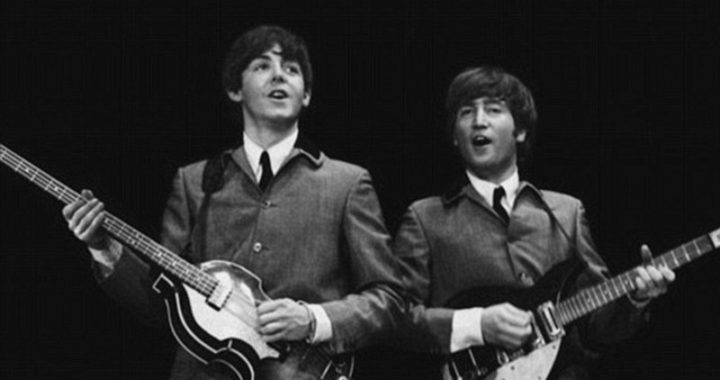 Get the eBook bundle that thousands of songwriters are using to improve their songwriting technique. “The Essential Secrets of Songwriting 10-eBook Bundle” comes with a free copy of “Use Your Words! Developing a Lyrics-First Songwriting Process.”
Get the eBook bundle that thousands of songwriters are using to improve their songwriting technique. “The Essential Secrets of Songwriting 10-eBook Bundle” comes with a free copy of “Use Your Words! Developing a Lyrics-First Songwriting Process.”
A song bridge, which typically happens after the second run-through of a chorus, is optional; not every song uses one. When a songwriter feels that the song would benefit from including a bridge, there could be any number of reasons for this:
- The song feels too short without one.
- The lyric isn’t finished after the second chorus.
- The song needs a change of harmonic “language”.
- The song feels like it needs a new direction – it needs contrast.
There’s probably even more reasons, but contrast is probably the most important quality. A good song bridge provides contrast from the rest of the song.
Mainly, that contrast comes from the chords — what I call the harmonic language. When a song sits in a major key the whole way through, a bridge can offer a nice chance to create contrast by switching temporarily to a minor key.
A great example is Lennon & McCartney’s “I Should Have Known Better“, with a verse in G major, followed by a bridge that starts in E minor (the so-called relative minor).
When you look at that list of reasons above why a song bridge might be a good option, the reasons all look quite different. But you really can boil it all down to one main reason: the bridge offers the listeners something different.
The best lesson you can learn from “I Should Have Known Better” is that the difference is subtle. Though the bridge in that song starts in E minor, it keeps G major as a close companion, and then ends in G major.
And everything else (usually) stays the same: the tempo, the general feel and mood, and the overall sound.
If you’ve decided that your song would benefit from a bridge, remember that although contrast is a crucial characteristic, think of it more as a kind of “musical spice” — a little goes a long way.
 Written by Gary Ewer. Follow Gary on Twitter.
Written by Gary Ewer. Follow Gary on Twitter.
 “Fix Your Songwriting Problems – NOW!” puts the spotlight on seven of the most common errors songwriters typically make, and then offers some quick solutions you can try.
“Fix Your Songwriting Problems – NOW!” puts the spotlight on seven of the most common errors songwriters typically make, and then offers some quick solutions you can try.










